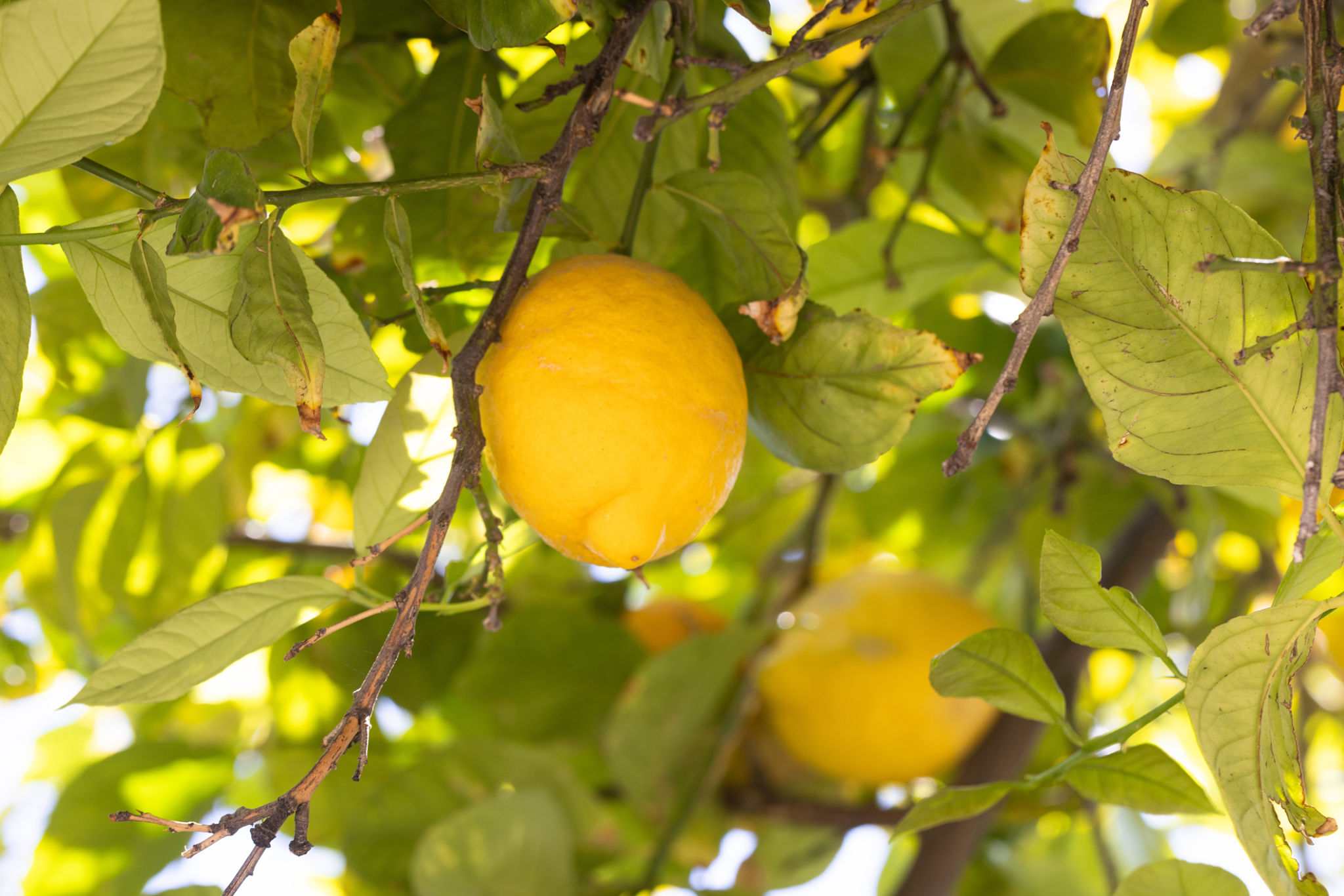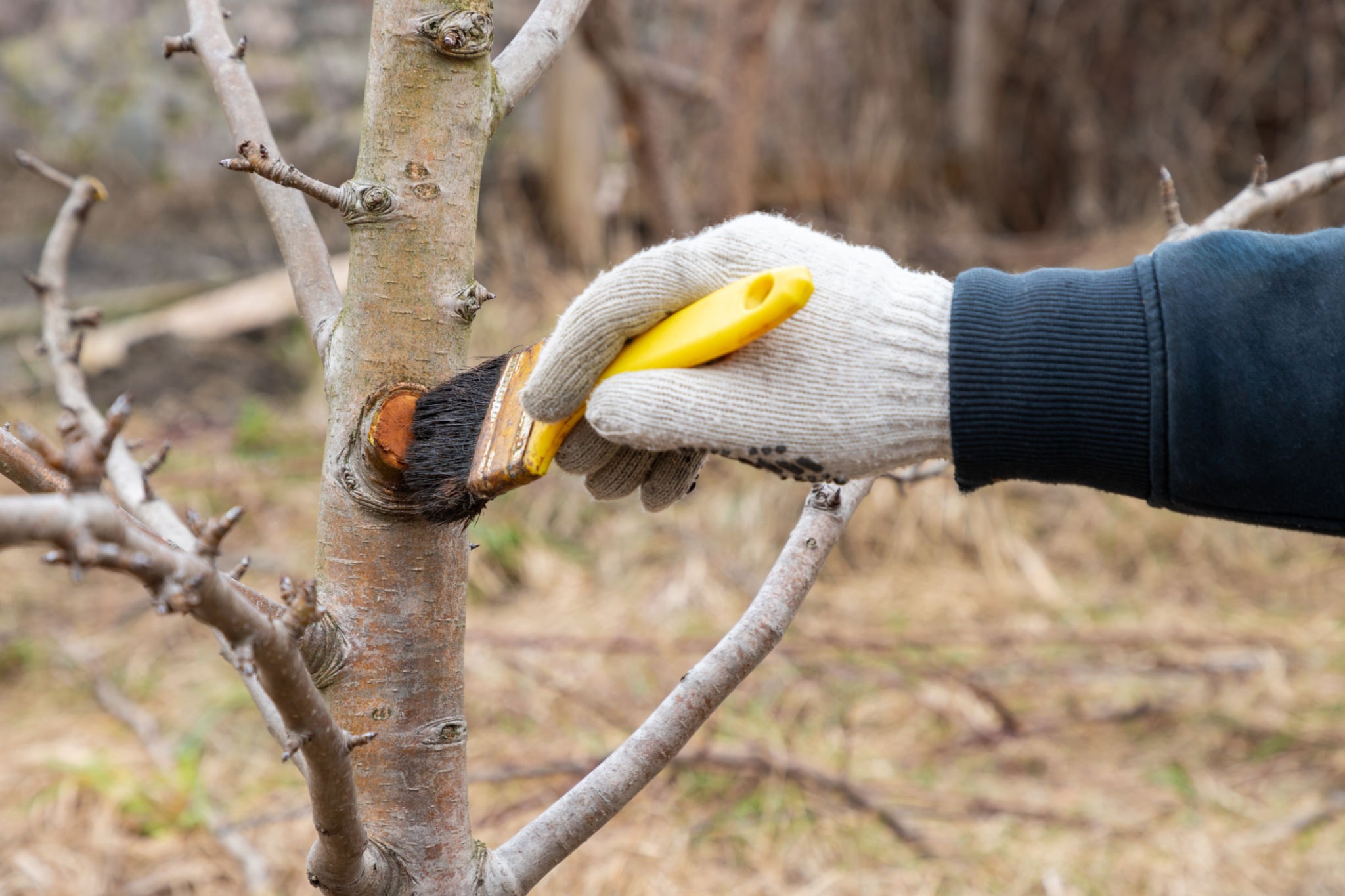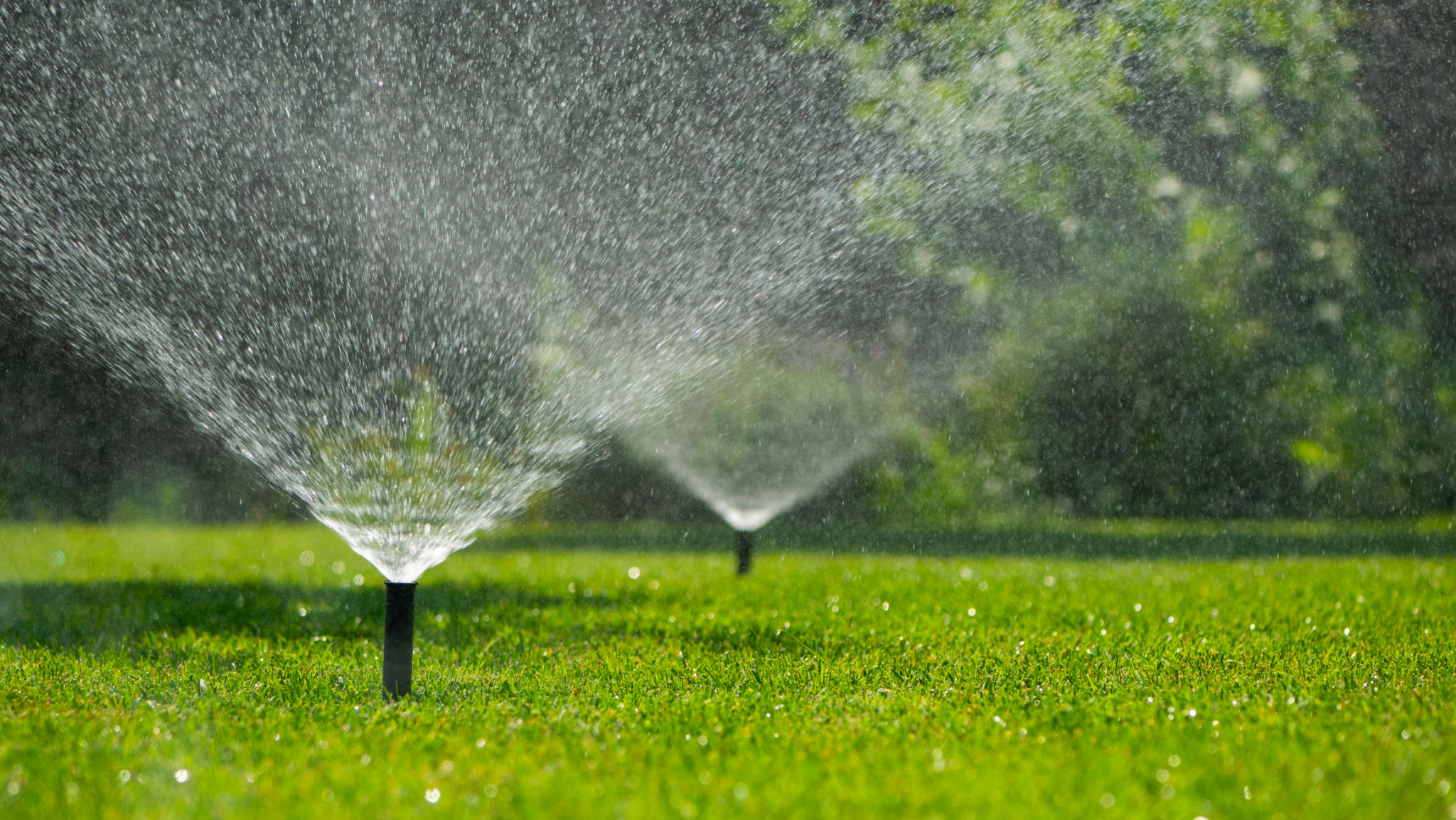How to Prepare Your Orchard for Harvest Season in Arizona
Understanding Arizona's Unique Climate
Arizona's climate poses unique challenges and opportunities for orchard owners. The state's warm temperatures and dry conditions mean that fruit can ripen quickly, sometimes faster than anticipated. As a grower, it's essential to understand these climate dynamics to ensure a successful harvest. The first step in preparing for the harvest season is monitoring the weather patterns and understanding how they might affect your crops. Consistent observation and recording of temperature fluctuations and rainfall can help you anticipate any potential issues.

Preparing Your Equipment
Before the harvest season begins, it's crucial to inspect and prepare your equipment. Ensure all harvesting tools, such as ladders, baskets, and picking bags, are in good condition. Check mechanical equipment like tractors and trailers for any maintenance needs. A well-prepared set of tools can significantly improve the efficiency of your harvest.
Consider investing in new technology if necessary. Modern harvesting tools can reduce labor costs and increase productivity. For example, using mechanical harvesters can save time and effort, especially in large orchards.
Soil and Tree Health
Maintaining soil health is vital for a bountiful harvest. Conduct soil tests to determine nutrient levels and pH balance. Based on the results, amend the soil with the necessary fertilizers or organic matter to ensure optimal tree health throughout the growing season. Healthy trees are more resilient to pests and diseases, which can be prevalent in Arizona's warm climate.

Pruning is also a critical pre-harvest activity. Remove dead or diseased branches to promote better air circulation and allow sunlight to reach all parts of the tree. This practice not only improves fruit quality but also reduces the risk of disease.
Pest and Disease Management
Pest control is an ongoing concern for orchard owners, particularly in Arizona's climate, where pests can thrive year-round. Implement an integrated pest management (IPM) strategy that includes regular monitoring, biological controls, and targeted pesticide use when necessary. This approach minimizes chemical usage while effectively managing pest populations.
In addition, ensure that your orchard is free from debris and fallen fruits, as these can attract pests. Regularly clean the area around your trees to maintain a pest-free environment.
Water Management
Efficient water management is crucial in Arizona's arid climate. Implementing a drip irrigation system can help conserve water while ensuring your trees receive the moisture they need. Regularly check for leaks and clogs in the irrigation system to maintain its efficiency.

During the pre-harvest period, monitor soil moisture levels closely. Avoid over-irrigation, which can lead to root diseases, but ensure that your trees are not stressed by drought conditions.
Training Your Harvest Team
A well-trained team is essential for a successful harvest. Organize training sessions to familiarize your workers with best practices in picking and handling fruit. Emphasize the importance of gentle handling to prevent bruising and damage, which can affect fruit quality and marketability.
Safety should also be a priority during training. Ensure that all team members are aware of safety protocols, especially when operating machinery or working at heights.
Planning Post-Harvest Activities
The work doesn't end once the fruit is picked. Plan for post-harvest activities, such as sorting, grading, and storage. Set up designated areas for these tasks to streamline operations and maintain fruit quality.

Consider your marketing strategy ahead of time. Whether you're selling directly to consumers or through wholesalers, having a clear sales plan can help maximize profits and reduce waste.
By carefully preparing your orchard for harvest season in Arizona, you can ensure a productive and profitable yield. Understanding the local climate, maintaining your equipment and trees, managing pests effectively, and organizing your team are all key components of a successful harvest strategy.